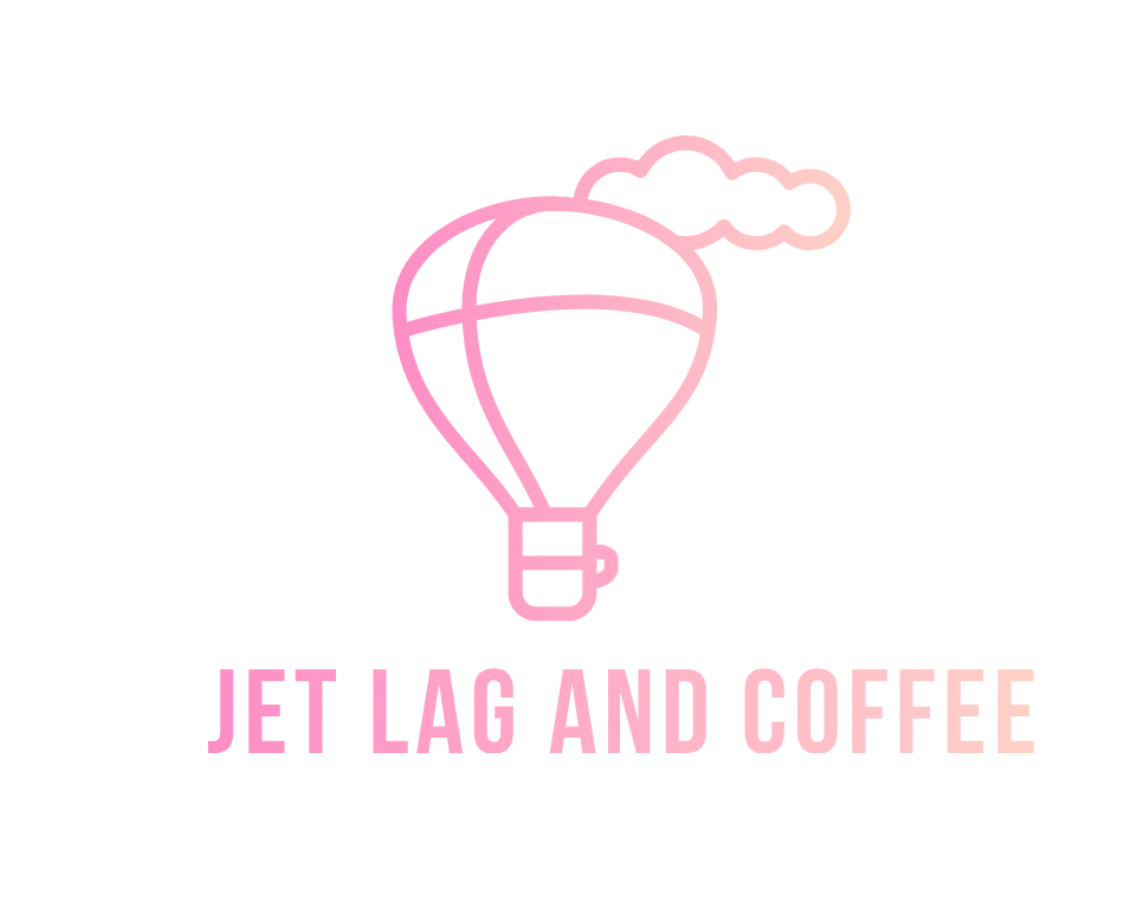Berlin is my favorite city. I've lived here for 6 years, and it's difficult to make a selection of places I like. Very alternative with a cool lifestyle, Berlin has a strong underground art and cultural scene and a relatively cheap cost of living compared to other global cities, which attracts many young people; a quarter of the city is formed by foreign residents. It is also well known for its electronic music scene, very lively nightlife, and endless parties. Add to that plenty of parks and nature, so you can plan your day for more hectic or calmer programs according to your mood. It's a city where you breathe history, and it has high political engagement.
MUSEUMSINSEL - MUSEUM ISLAND
One of the most beautiful places in Berlin, its name is connected to the five great museums, from the time of the Prussian rulers, located there:
ALTES MUSEUM (1830), located at LUSTGARTEN, is a classical building that houses a classical antiquity collection including sculptures, vases, jewelry, Greek, Etruscan, and Roman art.
NEUES MUSEUM (1855): renovated by David Chipperfield, the building houses works and exhibitions together with the Egyptian Museum and Papyrus Collection, the Museum of Prehistory and Early History, and the Collection of Classical Antiquities. The world-famous Nefertiti is there.
ALTE NATIONALGALERIE (1876): the building, inspired by Greek architecture, holds notable works from Classicism, Romanticism, Biedermeier, Impressionism, and the early Modern Age.
BODE MUSEUM (1904): It has a notable collection of sculptures, the Numismatic Collection, and the Byzantine Art Museum. You can also visit the James Simon Cabinet, which reopened in 2019.
PERGAMON MUSEUM (1930): the most visited museum in Berlin, it holds the Collection of Classical Antiquities, the Museum of the Ancient Near East, and the Museum of Islamic Art.
You will also find many restaurants and cafés facing the River Spree with a beautiful view.
FERNSEHTURM - TV TOWER
A famous symbol of Berlin located at ALEXANDERPLATZ, the TV Tower was built in 1969 in West Berlin so the GDR inhabitants could receive television and radio access. It is the highest tower in Berlin.
HOLOCAUST MEMORIAL
Designed by architect Peter Eisenman and engineer Buro Happold. Composed of 2711 concrete columns of different heights installed in an area with an irregular floor. The intention is to awaken in the visitor disorientation and vertigo during their walk through the corridors between the columns, bringing reflection on that period.
BRANDENBURG GATE
Berlin's most famous landmark, the Brandenburg Gate, became a symbol of German unification after the fall of the Wall. During the Cold War, it was not possible to visit the gate from either side because it was in a restricted area and isolated for decades. The gate was built much earlier, between 1788 and 1791, commissioned by King Frederick William II as a classic finish to the boulevard Unter den Linden, inspired by the Propylaea from the Acropolis in Athens. It is located at PARISER PLATZ.
UNTER DEN LINDEN
Berlin's most famous boulevard is stunning and has many historical monuments like BEBEL PLATZ, where the famous book burnings took place during WWII, HUMBOLDT UNIVERSITY, GERMAN HISTORICAL MUSEUM, BERLIN CATHEDRAL, LUSTGARTEN and more. Just grab a coffee and walk around.
DAVID BOWIE AND CHRISTIANE F.
DAVID BOWIE lived in SCHÖNEBERG during the 70s and recorded three of his albums in Berlin: HEROES, LOW and LODGER. You can visit the building where he shared an apartment with IGGY POP as well as the bar on the same street where the two used to go. They used to say that if they could get sober in Berlin, they could get sober in any other city in the world.
CHRISTIANE F. is a symbol of the lost generation and the Berlin underground. For those who enjoy the book, there are some places in the city related to her story, such as the ZOO STATION, a famous drug spot in the 1970s.
KREUZBERG
Kreuzberg is one of the most alternative neighborhoods in Berlin. Quite popular for its multicultural identity and underground bohemian scene.
Bars, cafés, parties, vintage stores, record stores, restaurants, and an artist scene. A neighborhood to explore, walk around, and find many interesting places and people.
HAMBURGER BAHNHOF - MUSEUM FÜR GEGENWART
As the name suggests, the museum is located in an old railway station, one of the first in Germany, which connected Hamburg and Berlin, opened in 1846. The neoclassical building, designed by Friedrich Neuhaus, is the only one of its kind preserved today. During WWII, it suffered severe damage and remained closed for decades, as its location was considered no man’s land by the East and West sides during the Cold War. Hamburger Bahnhof reopened as a contemporary art museum in 1996 and houses a large public collection of contemporary art by artists such as JOSEPH BEUYS, REBECCA HORN, JOHN CAGE, ROBERT RAUSCHENBERG and CY TWOMBLY.
BAUHAUS ARCHIVE/MUSEUM FÜR GESTALTUNG
Designed by WALTER GROPIUS, founder and first director of the BAUHAUS.
The archive and museum present exhibitions, projects, and discussions on the Bauhaus influence on architecture, art, and design, considered one of the most important movements of the 20th century. The permanent collection has works from artists and architects such as KANDINSKY, PAUL KLEE, MIES VAN DER ROHE, MARCEL BREUER and WALTER GROPIUS.
BOROS FOUNDATION
A private CONTEMPORARY ART collection displayed in a WWII bunker, Reichsbahnbunker, in Berlin. The collection includes artists from the 1990s to the present.
Your visit must be scheduled and take place with a group and a guide.
During the pandemic, they created the Studio Berlin project in partnership with the techno club BERGHAIN, with temporary exhibitions being held at the club's industrial building as parties were suspended.
LAKES
There are more than 3,000 lakes in and around Berlin o.O Going to the lakes during Summer is a kind of tradition.
Here are some nice lakes around: LIEPNITZSEE, TONSEE, SACROWER SEE, LANGER SEE, WEISSENSE.
Here are some nice lakes around: LIEPNITZSEE, TONSEE, SACROWER SEE, LANGER SEE, WEISSENSE.
